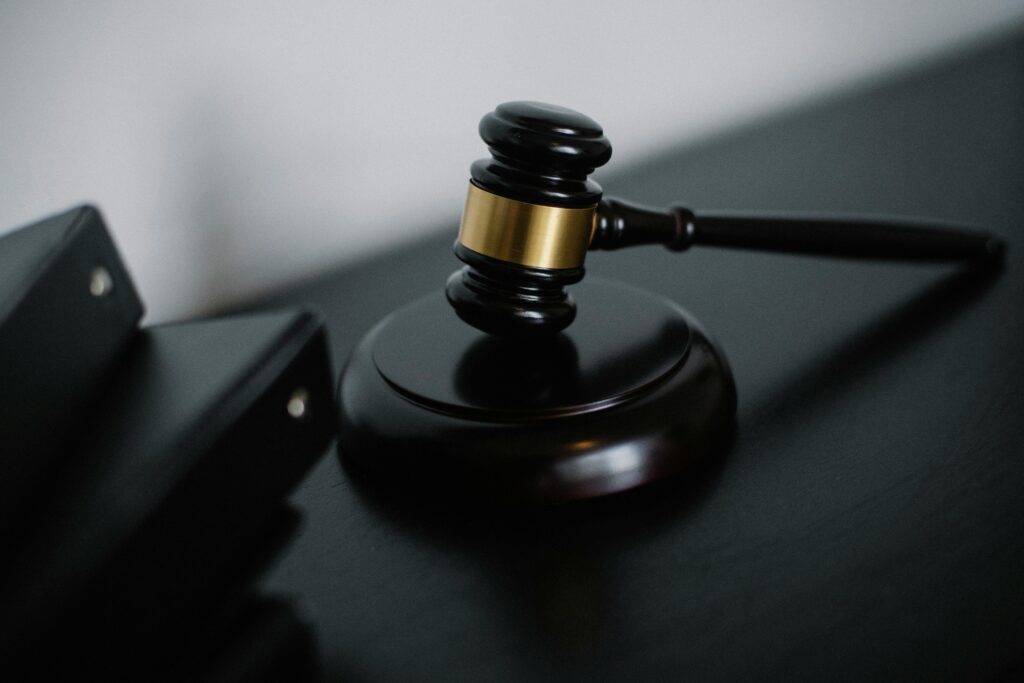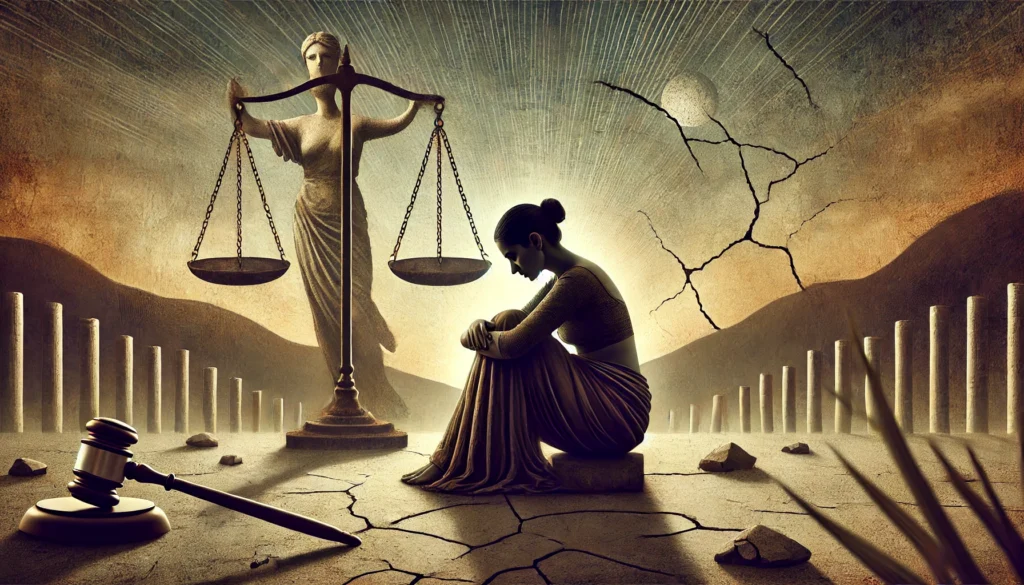Published on: 26th October, 2025
Authored By: Yash Kishor Mohite
Mumbai University
1. Introduction
In the era of digital copying and ready dissemination of data, the scope and quality of originality under copyright legislation have taken on central significance. Eastern Book Company v. D.B. Modak [(2008) 1 SCC 1] is a landmark ruling of the Supreme Court of India that addresses this issue in the Indian context. The decision establishes the threshold of originality that must be satisfied before protection under copyright is granted and aligns Indian copyright jurisprudence with international standards, particularly the U.S. Supreme Court’s ruling in Feist Publications, Inc. v. Rural Telephone Service Co. [499 U.S. 340 (1991)]. This case note examines the facts, issues, arguments, decision, and broader implications of this judgment in shaping Indian copyright law.
2. Factual Background
Eastern Book Company (EBC) is a prominent legal publisher in India that publishes the Supreme Court Cases (SCC), a scholarly series of law reports reproducing judgments of the Supreme Court of India. The judgments pronounced by the Supreme Court in their original form are often unsystematic and contain errors that must be corrected before publication. EBC’s editorial staff revises these judgments by:
- Inserting headnotes summarizing the legal principles addressed,
- Adding paragraph numbering for easier citation and reference,
- Cross-referencing related decisions,
- Correcting typographical errors, and
- Adding footnotes, formatting, and standardization.
D.B. Modak and other defendants had photocopied these edited judgments and distributed them on CD-ROMs for sale to the legal fraternity. EBC instituted a suit alleging infringement of its copyright in the editorial content of the judgments. EBC did not assert copyright in the original text of the judgments themselves, which are public documents, but rather in the editorial value-added work.
3. Procedural History
The dispute first reached the Delhi High Court. EBC contended that the editorial work required substantial skill, judgment, and labor and therefore should be eligible for copyright protection under Section 2(o) and Section 13(1)(a) of the Copyright Act, 1957. The trial court issued an interim injunction preventing the defendants from copying EBC’s editorial work. On appeal, the Division Bench modified the injunction to prohibit only reproduction of the headnotes and editorial notes while permitting reproduction of paragraph numbering. The parties subsequently appealed to the Supreme Court.
4. Issues Before the Supreme Court
The Supreme Court outlined the following key issues for consideration:
- Whether judgments delivered by the Supreme Court, being documents available to the public, are subject to copyright protection.
- Whether editorial work performed by EBC, such as headnotes, numbering of paragraphs, footnotes, cross-references, and formatting, constitutes original literary work entitled to copyright protection.
- What constitutes the criteria of originality under Indian copyright law: whether the mere application of labor, skill, and judgment (the ‘sweat of the brow’ doctrine) suffices, or whether there must be a demonstrable degree of creativity.
5. Arguments Advanced
Petitioners (EBC)
- The petitioners contended that while the judgments themselves are in the public domain, the editorial contributions made by EBC constitute original literary work.
- They argued that substantial skill, labor, and judgment are invested in preparing headnotes, paragraphing, formatting, and providing cross-references.
- They relied on the traditional ‘sweat of the brow’ doctrine, under which the expenditure of labor and skill is sufficient to establish originality.
Respondents (D.B. Modak & Ors.)
- The respondents argued that judgments are public documents and that minimal editorial contributions do not create new copyrightable material.
- They contended that paragraph numbering is mechanical and lacks the element of creativity.
- They urged the Court to adopt a stricter standard of originality requiring creativity, as recognized internationally.
6. Judicial Reasoning
The Supreme Court recognized that under Section 52(1)(q) of the Copyright Act, there is no copyright in judgments as such. The Court then addressed the pivotal question: whether editorial contributions can be protected.
The Court traced the development of the originality standard under copyright law. Earlier English authorities, such as Walter v. Lane [1900] AC 539, supported the ‘sweat of the brow’ principle, awarding copyright based on labor and skill alone, even where minimal creativity was involved. This approach was later rejected by the U.S. Supreme Court in Feist, which mandated a ‘modicum of creativity.’
Justice S.B. Sinha, writing for the Bench, held that:
“Originality does not require that the work be the product of original or inventive thought. It merely requires that the work not be a copy but be the product of the author.”
However, mere mechanical effort does not qualify as originality. There must be some intellectual conception involved. The Court thus partially harmonized Indian law with the Feist approach by adopting the following framework:
- Headnotes: These require skill, judgment, and creativity. They condense complex legal principles and are original works in themselves. Therefore, they merit protection.
- Paragraph numbering: The Court held this to be largely mechanical, involving minimal creativity. Merely dividing judgments into numbered paragraphs was not deemed sufficiently creative to warrant protection.
- Formatting, cross-references, and editorial notes: Where these elements reflect intellectual effort, they deserve protection.
7. The Final Verdict
The Supreme Court partially allowed EBC’s claim. It restrained the defendants from reproducing the headnotes and other editorial content but declined to restrain reproduction of paragraph numbering alone. The Court thus struck a balance between the public’s right to access judgments and the publisher’s right to protect its intellectual contribution.
8. Impact and Implications
Clarification of the Originality Standard
The judgment marks a significant departure from the ‘sweat of the brow’ standard traditionally followed in India. It requires a “modicum of creativity,” harmonizing Indian copyright jurisprudence with international norms.
Balancing Public Interest
By holding that paragraph numbering alone is not protectable, the Court safeguarded free access to law. Had it ruled otherwise, legal publishers could have monopolized public judgments merely by adding mechanical edits, thereby impeding the free flow of legal information.
Guidance for Future Cases
The judgment is frequently cited in Indian copyright disputes involving databases, compilations, and works requiring editorial labor, ranging from legal digests to annotated commentaries.
Technology and Digital Databases
In the digital age, value-added databases and digital legal research platforms depend heavily on editorial contributions. This case supports protecting such contributions when they involve skill and judgment, thereby encouraging publishers to invest in quality legal resources.
9. Conclusion
Eastern Book Company v. D.B. Modak is a milestone case in Indian copyright law. It strikes a careful balance between protecting genuine intellectual efforts and ensuring public access to law. The judgment emphasizes that copyright is not a reward for effort alone, but for original intellectual work. For students, practitioners, and publishers, it remains a seminal case for understanding the interplay between labor, skill, and creativity in Indian copyright law.
References
- Eastern Book Co. v. D.B. Modak, (2008) 1 SCC 1 (India).
- Feist Publications, Inc. v. Rural Telephone Service Co., 499 U.S. 340 (1991).
- The Copyright Act, No. 14 of 1957, India Code (1957).
- Walter v. Lane, [1900] AC 539 (HL).
- P. Narayanan, Law of Copyright and Industrial Designs (4th ed., 2007).
- V.K. Ahuja, Law of Copyright and Neighboring Rights (2nd ed., 2015).




